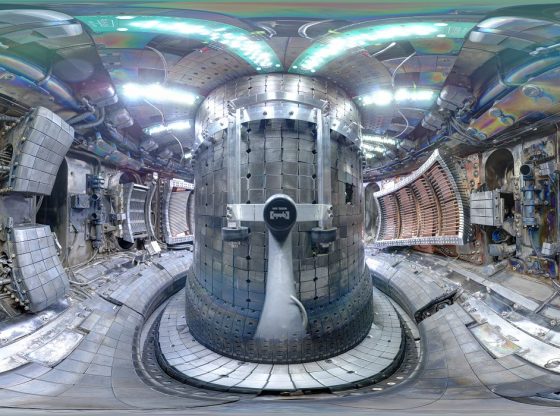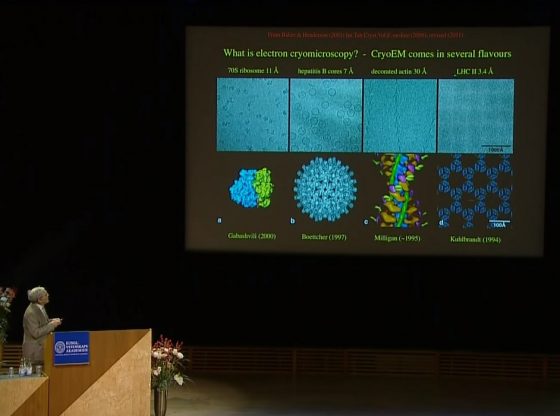Science Magazine reports the fifth detection of gravitational waves and this time, astronomers saw it too, at every wavelength of light from gamma radiation to radio waves. During the past 2 years, ripples through spacetime have been detected 4 times, caused by huge black holes quickly spiraling into each other.
The Laser Interferometer Gravitational-Wave Observatory (LIGO) in Hanford, Washington, and Livingston, Louisiana, and the 6-kilometer Virgo detector near Pisa, Italy—spotted waves unlike any seen before. As two superdense neutron stars spiraled into each other.
The four previous events lasted for, at most, a few seconds, with gravitational waves rippling at frequencies of tens of cycles per second. The new siren sang for 100 seconds at frequencies climbing to thousands of cycles per second.
References:
M. R. Drout et al., “Light curves of the neutron star merger GW170817/SSS17a: Implications for r-process nucleosynthesis,” Science (16 October 2017)
B. J. Shappee et al., “Early spectra of the gravitational wave source GW170817: Evolution of a neutron star merger,” Science (16 October 2017)
M. M. Kasliwal et al., “Illuminating gravitational waves: A concordant picture of photons from a neutron star merger,” Science (16 October 2017)
G. Hallinan et al., “A radio counterpart to a neutron star merger,” Science (16 October 2017)
P. A. Evans et al., “Swift and NuSTAR observations of GW170817: Detection of a blue kilonova,” Science (16 October 2017)
J. S. Bloom and S. Sigurdsson, “A cosmic multimessenger gold rush,” Science (16 October 2017)
C. D. Kilpatrick et al., “Electromagnetic evidence that SSS17a is the result of a binary neutron star merger,” Science (16 October 2017)
D. A. Coulter et al., “Swope Supernova Survey 2017a (SSS17a), the optical counterpart to a gravitational wave source,” Science (16 October 2017)












![OpenAI. (2025). ChatGPT [Large language model]. https://chatgpt.com](https://www.illustratedcuriosity.com/files/media/55136/b1b0b614-5b72-486c-901d-ff244549d67a-350x260.webp)
![OpenAI. (2025). ChatGPT [Large language model]. https://chatgpt.com](https://www.illustratedcuriosity.com/files/media/55124/79bc18fa-f616-4951-856f-cc724ad5d497-350x260.webp)
![OpenAI. (2025). ChatGPT [Large language model]. https://chatgpt.com](https://www.illustratedcuriosity.com/files/media/55099/2638a982-b4de-4913-8a1c-1479df352bf3-350x260.webp)








